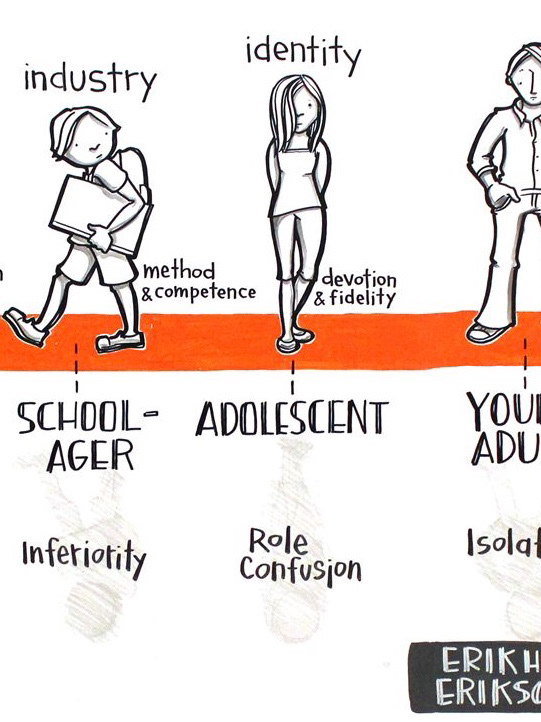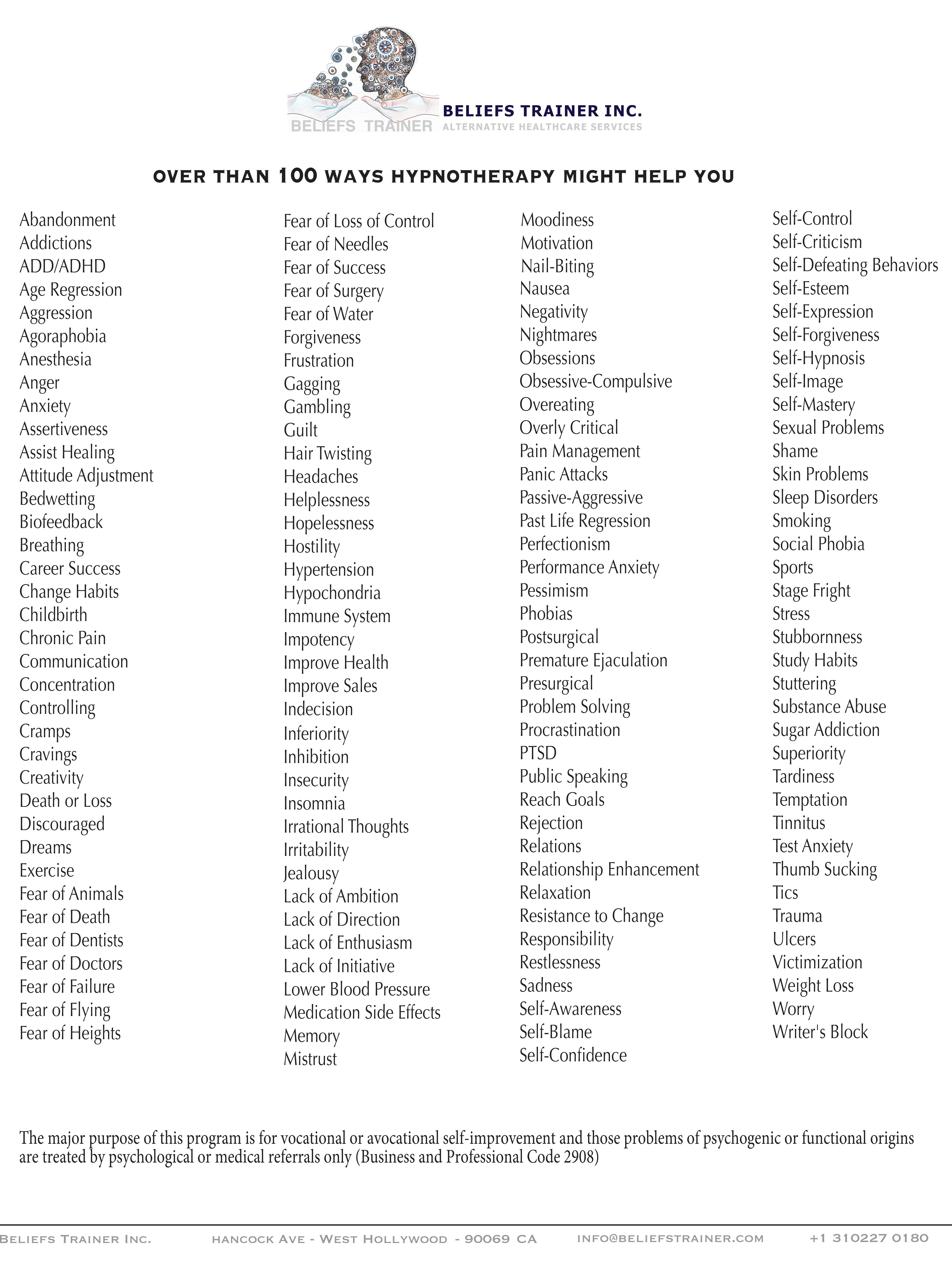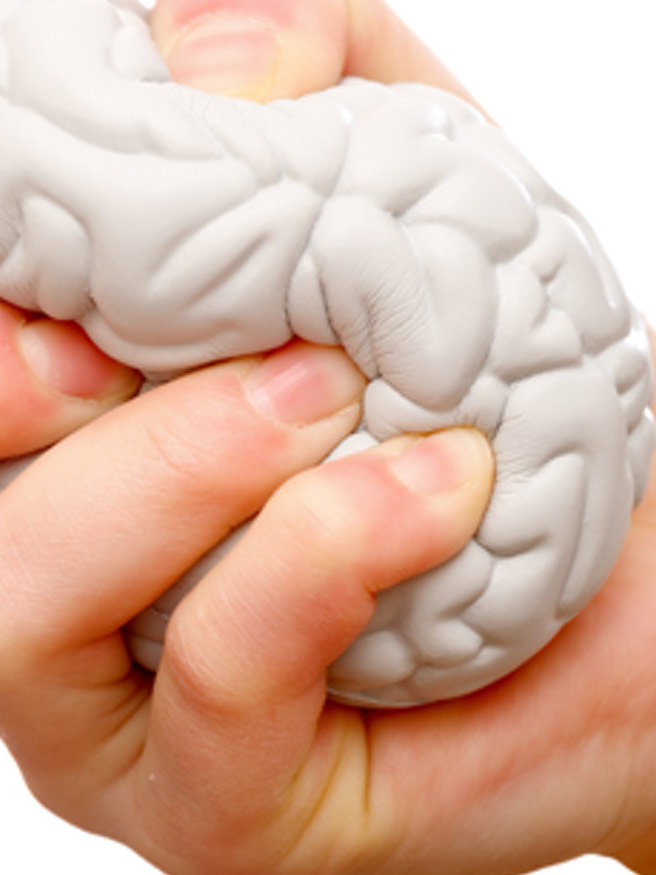Hesiod, Greek poet 650 BC and major source on Greek mythology wrote that Dreams are the children of the Night.
THE MYTHICAL STORY OF DREAMS
The idea of a specific deity of dreams named Morpheus arrives later, and it is generally attributed to Ovid, who in his Metamorphosis gave a name to the three sons of Hypno (sleep): Morpheus, Phobetor, and Phantasos.
In his nocturnal appearances, Morpheus takes the forms of things and human images that people dream of. He becomes dreams of the mortals, and when they dream about human images, he always carries with him a bunch of poppies with which, touching the eyelids of the sleepers, he gives them the feeling of real illusions.
The other two sons of Hypno take the form of dreams with animals (Phobetor, the personification of nightmares) and landscapes or inanimate objects (Phantasos or Fantasus, from which the name “fantasy”)
The other two sons of Hypno take the form of dreams with animals (Phobetor, the personification of nightmares) and landscapes or inanimate objects (Phantasos or Fantasus, from which the name “fantasy”)
Often Morpheus is represented in the act of caring on the wings his father, Hypno
The term "hypnosis" comes from the ancient Greek Hypnos, "sleep," and the suffix osis “condition/state."
The mother of Morpheus is Pasithea who is one of the Graces, and the personification of relaxation, meditation, hallucinations and all other altered states of consciousness. In the Iliad and the Odyssey, we find another divinity in place of Morpheus: Oniro, which sums up the characteristics of all the others.
According to Greek Mythology, Oniro is the dream messenger of Zeus, communicating the divine messages through images and stories, created as dreams.
HYPNOSIS – A NATURAL PHENOMENON
Hypnosis is a psychosomatic phenomenon that can be caused by a suggestion due to an image or a sound that the subject perceives intensely. It involves both the physical dimension and the psychological dimension of the subject/person to which it is subjected. It is a particular condition of "functioning" of the individual that allows influencing both his psychophysical condition and his conditions of behavior. In fact, Hypnosis is a natural phenomenon that occurs to everyone every day.
THE POTENTIAL OF HYPNOSIS
Hypnosis is a condition very similar to sleep, artificially provoked by an operator or by the subject itself (self-hypnosis) which, being in this state, is as devoid of consciousness and will.
The discipline that uses hypnosis in the therapeutic field is called hypnotherapy. The potential of hypnosis is scientifically documented. The subject/person in hypnosis can change the perception of the external world; it can perceive situations/stimuli that in reality are not there and not perceive those that are present; it can distort perceptions of actually existing stimuli by creating illusions. It thus becomes possible to perceive, for example, an unpleasant smell as pleasant, a light color as dark, a low or non-existent noise as high pitched or to develop insensitivity in any sense organ if necessary, for the benefit of the subject.
The discipline that uses hypnosis in the therapeutic field is called hypnotherapy. The potential of hypnosis is scientifically documented. The subject/person in hypnosis can change the perception of the external world; it can perceive situations/stimuli that in reality are not there and not perceive those that are present; it can distort perceptions of actually existing stimuli by creating illusions. It thus becomes possible to perceive, for example, an unpleasant smell as pleasant, a light color as dark, a low or non-existent noise as high pitched or to develop insensitivity in any sense organ if necessary, for the benefit of the subject.
SENSORY EXPERIENCE
Sensory experience can be modified in hypnosis; the experience of the body can be altered, and in particular, it is possible to control pain. The subject/person in hypnosis can efficiently direct his introspection in the different sectors of his body. He can enlarge or reduce the sensations that come from inside his body, and he can alter the sensible physiological parameters such as the heartbeat, the respiratory rhythm, and the temperature of skin.
For example, suggestions of cold and heat may lead to vasoconstriction and vasodilation, respectively. Simple suggestions of greater or lesser frequency of the heartbeat and the breath, increase or decrease of the arterial tension or muscular fatigue and anxiety or tranquility, are also able to adequately determine an increase or a decrease of the pulse frequency, of the breath or arterial tension. Furthermore, in the context of gastrointestinal functions, the tendency towards increased production of gastric juice and pepsin has been noted, inducing satisfaction, as well as decreased production, instead of provoking anger or fear.
PROCESSING INFORMATION THROUGH HYPNOSIS
With hypnosis it is possible to enter one's history and change the criteria for processing incoming information; it is possible to change the meanings that the subject has given to his experiences in the past by enjoying the alternatives he possessed. Changes in memory continuity can be achieved (partial or total amnesia).
Emotions are a response of the organism to moments of existence. While the voluntary control of emotions in the waking state seems to be a particularly difficult task, in hypnosis these can be amplified or resized; and there is also the possibility of suddenly moving from one emotion to another in relation to the suggestions given by the hypnotist.
THE EGO-SENSATION
Through hypnosis, the subject can learn to decrease his emotional resonance. The ego-sensation can be detached from a wide variety of information and situations to which it usually is applied. In a subject during age regression, the emergence of a memory with a particularly engaging emotional tone can be experienced not as an experience of its own, but simply as neutral information drawn from memory. The sense of the ego (self) can also be detached from one's body as it happens through the non-perception of pain.
BEHAVORIAL CHANGES THROUGH HYPNOSIS
In hypnosis, there is the possibility of altering the quality and quantity of voluntary muscular control, of motility and in particular of modifying some modalities of the functioning of our organism, believed outside of any voluntary control, such as those of the neurovegetative system, of the system neuroendocrine and the immune system. All the possibilities of behavior listed cannot obviously be thought of as achievable at the same level by all the subjects, at least immediately, as they are involved in genetic predisposition and learning times.









